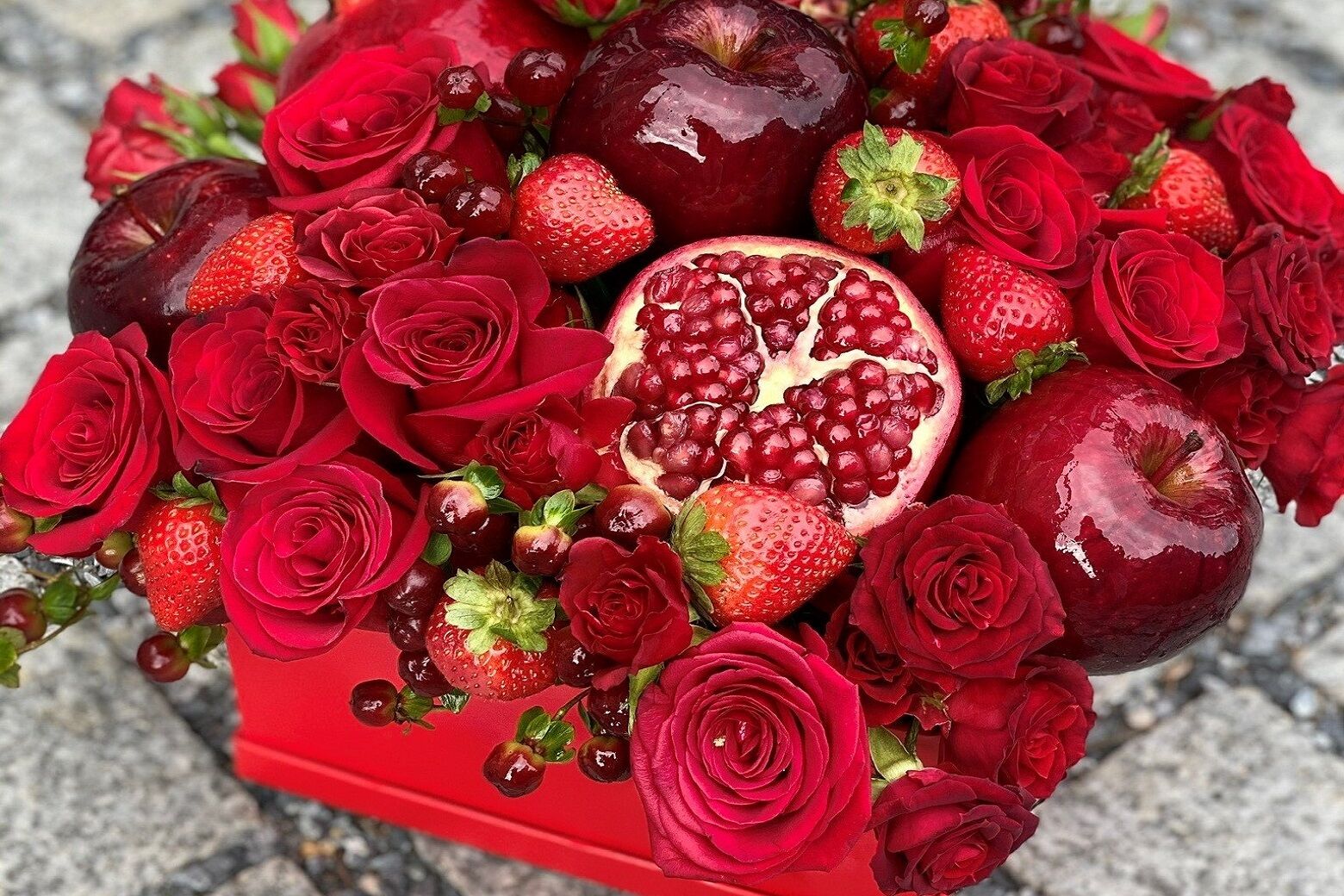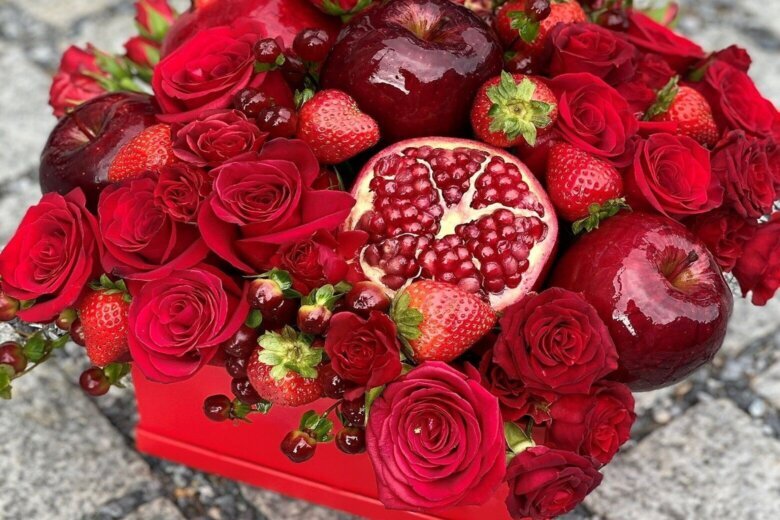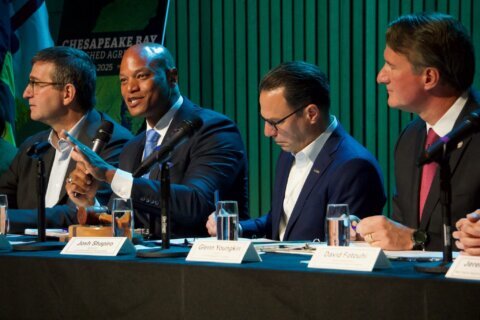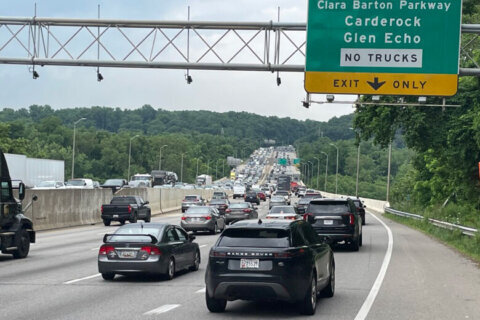

Order early.
That’s the advice from D.C. area florists as they grapple with supply chain issues before Valentine’s Day.
Some local florists are saying it could be much harder this year for you to get those flowers you want.
“It’s definitely been a struggle,” said Will Dukas, a co-founder of Send Smiles, based in Chantilly, Virginia.
Dukas said one issue is a shortage of planes to transport flowers to the U.S. from South America.
“They have enough people, they’re growing the flowers correctly, everything’s doing well,” Dukas said. “But it’s once they drop them off at the airport, there’s not enough planes to get those flowers to Miami.”
And once they get here?
“On top of that, there have been what everyone’s seeing in the industry, which is labor shortages, which is more seen in the trucking side of things once the flowers get to Miami,” he said.
His advice?
“Definitely order early,” Dukas said. “It’ll definitely be an early sell out this year.”
Yekaterina Allotey, who owns Kat Flowers Design and Decor in Arlington, says these issues have also caused suppliers to raise their prices, which makes it hard for smaller shops.
“We have to find the balance as local florists just to make everyone happy, which is very hard, because we need to keep our businesses busy,” Allotey said.
She told WTOP that when she saw prices going up on her shop’s Valentine’s Day essentials, she placed her order early.
“Everyone who pre-ordered their big shipments of flowers, they could… still keep prices similar to last year,” Allotey said.
The problem with that is she has to guess how many flowers she may need.
“It’s a little bit challenging, because you never know how many orders you will get exactly on Valentine’s Day. So you can waste a lot of flowers. Or you can actually be short on flowers,” Allotey said.
Dukas said last year was an extremely busy year as more people were still staying home and sending flowers rather than meeting up in person.
This year, he expects demand to be a little more back to normal.
“I think isolation is coming to an end. More so than it was a year ago. We’re actually seeing the volume decrease a little bit from the peak of COVID,” Dukas said.









